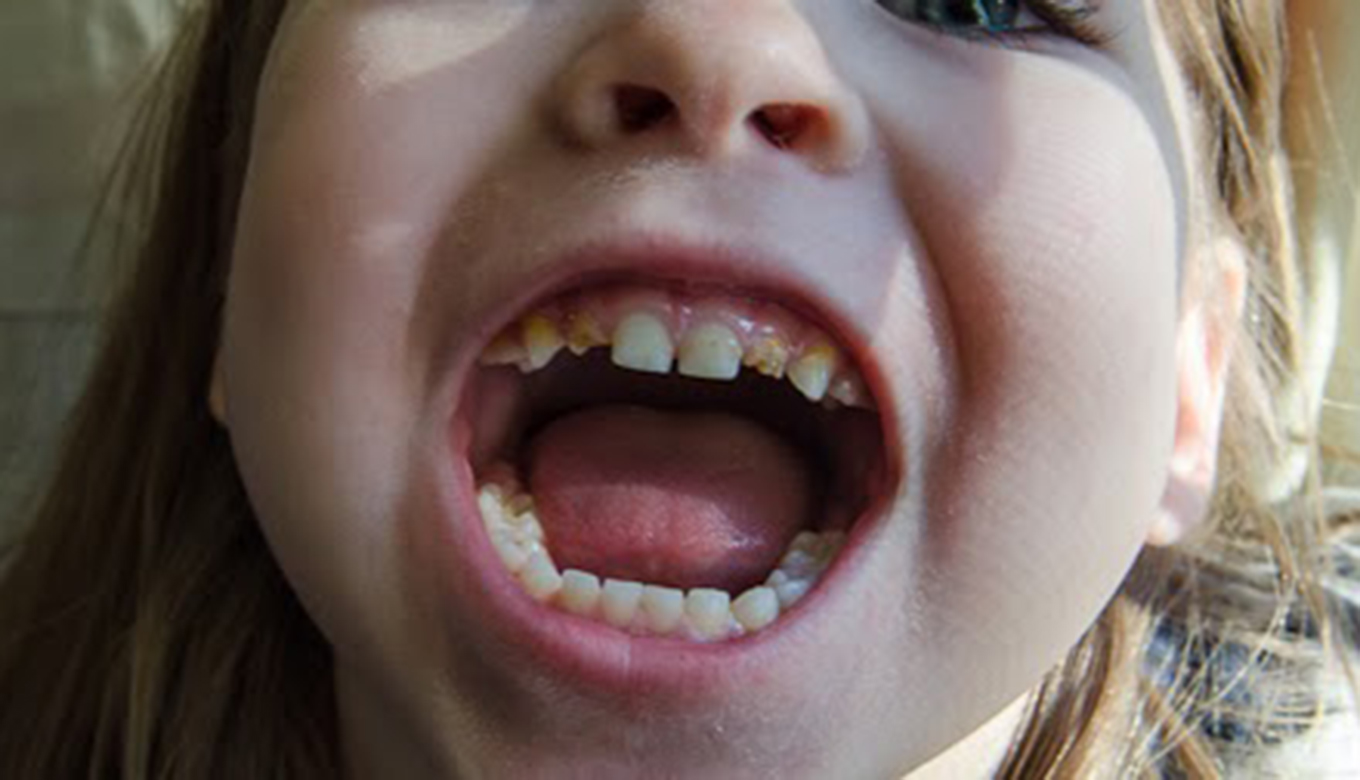Enamel Hypoplasia – Causes, Effects and Treatments

Enamel plays a very vital role by protecting your teeth and keeping it healthy. It is the hardest part of your teeth and helps stave off bacteria and prevents tooth decay.
Being the outermost layer of your teeth, it is essential that you pay attention and ensure that it doesn’t get eroded by external factors.
In this article, let us talk about a specific condition that affects the tooth enamel called enamel hypoplasia and how to deal with it:
What is Enamel hypoplasia?
It is an ailment that causes deficiency of the enamel. Enamel hypoplasia only occurs when the teeth is still developing. This ailment causes the corrosion of enamel, thus resulting in poor defences against the onslaught of bacteria in the mouth.There are two main causes of this condition, hereditary and environmental.
Hereditary:
In cases of hereditary enamel hypoplasia, the defect is mostly found in only one teeth. In rare cases, the defect might affect multiple teeth.
The main cause of hereditary enamel hypoplasia is a little known condition called amelogenesis imperfecta. This condition is known to cause a host of oral issues and can even affect other body parts depending on the circumstances.
It can usually be detected by a number of symptoms in the mouth of the infant. Remember in mind that while some symptoms are easy to spot, others are not and these signs vary from one individual to the other. It is important that you consult a dentist if you suspect the presence of enamel hypoplasia in your closed one’s oral region. The signs are as follows:
- White spots
- Pits, tooth gaps and presence of fissures.
- Yellow stains
- Increased tooth sensitivity
- Vulnerability to decay and the presence of cavities
Whilst this condition is a pretty rare one, affecting less than 1 in 10,000, there are multiple trigger factors that influence the onset of hereditary enamel hypoplasia. These are:
- Vitamin D deficiency in the mother
- Smoking or weight change in the case of mother
- Drug use
- Premature birth defects in the form of weight.
Based on the above trigger factors, it is advised that mothers avoid drug usage, smoking and maintain healthy body weight to prevent the increase in the risk of this defect. Also, consuming leafy vegetables and foods rich in vitamins help greatly in preventing the transmission of enamel hypoplasia via hereditary means.
Environmental:
Environmental enamel hypoplasia on the other hand is caused by a number of external factors. These are:
- External trauma to the oral region
- Oral infection(bacterial or viral)
- Malnutrition
- Deficiencies of vitamins
- Cerebral Palsy
Treatment:
The treatment for enamel hypoplasia depends on the severity of the ailment in your particular case. In mild cases, the dentist might ask you to adopt good oral hygiene habits like regular brushing, flossing and avoiding foods that accentuate the presence of cavities like sugary drinks. You might have to undertake regular dental visits to check your progress though.
In moderate cases, the oral health specialist might ask you to undergo tooth bleaching or whitening to remove stains, etc..
In cases that are severe, there are a range of options that are offered:
- Dental sealants
- Crowns
- Composite and gold resins
- Dental fillings
Conclusion
In conclusion, your dentist would be better suited to advise you on what needs to be done next after analyzing your situation. But whatever be the case, make sure that you follow good oral health tips to ensure that this issue gets resolved and to improve your overall dental health.
Leave a Reply